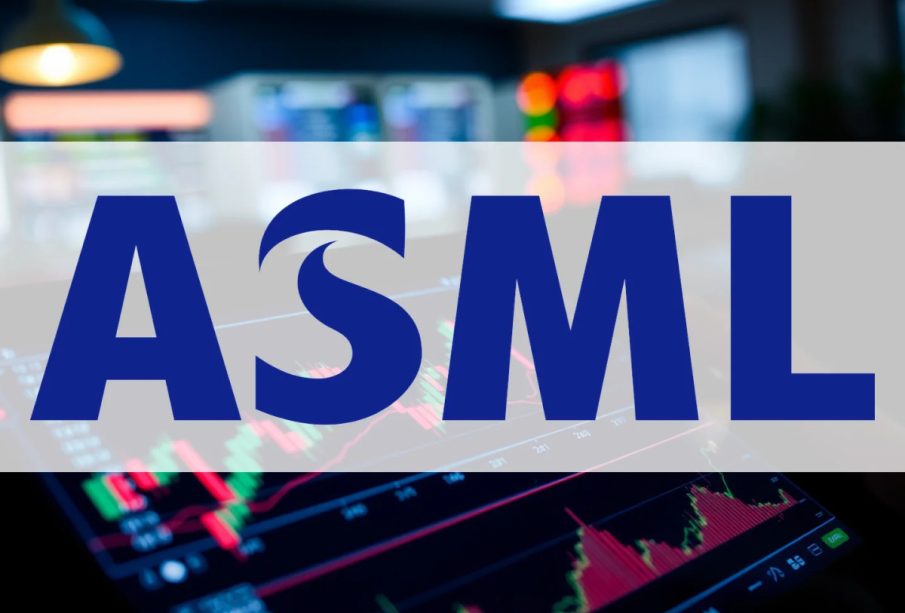Understanding ASML and Its Impact on the Semiconductor Industry

Introduction
ASML, a Dutch company and a key player in the semiconductor manufacturing landscape, holds a vital position in enabling the production of advanced microchips used in numerous electronic devices. As global demand for faster, more efficient technology continues to rise, understanding ASML’s role becomes increasingly crucial. This article delves into ASML’s significance, recent developments, and the implications for the future of technology.
ASML’s Technologies and Innovations
Founded in 1984, ASML has excelled in developing photolithography equipment essential for the fabrication of integrated circuits. The company’s most prominent innovation is its extreme ultraviolet (EUV) lithography technology, which allows chip manufacturers to create smaller and more powerful chips. This technology has become essential for advancing Moore’s Law, which describes the doubling of transistors on a chip roughly every two years.
Recently, ASML announced plans to increase production capacity to meet the soaring demand for its EUV machines, with an expected delivery of over 50 machines in 2024 alone. This surge in demand is largely driven by major semiconductor manufacturers such as TSMC and Samsung, which are investing heavily in new fabrication facilities to support the growing need for microchips in automotive, AI, and consumer electronics sectors.
Global Trends and Market Impact
The semiconductor industry has been experiencing a significant shift, particularly due to recent events like the COVID-19 pandemic and geopolitical tensions. These factors have exposed vulnerabilities in supply chains, prompting governments and companies worldwide to reassess their strategies. As a result, the demand for reliable and innovative semiconductor manufacturing solutions has intensified.
ASML has positioned itself well to capitalize on these trends. In 2023, the company’s revenue exceeded €20 billion, reflecting a robust growth trajectory driven by its pioneering technology and strong market position. Additionally, ASML’s ongoing investments in research and development ensure its technologies remain cutting-edge.
Conclusion
ASML’s role in the semiconductor industry cannot be overstated, as it continues to push the boundaries of technology through its innovative lithography solutions. With global demand for semiconductors projected to grow exponentially in the coming years, ASML is well-equipped to remain at the forefront of this critical sector. For readers and stakeholders in the technology industry, keeping an eye on ASML’s strategic developments will be essential as they navigate the evolving landscape of semiconductor manufacturing.






